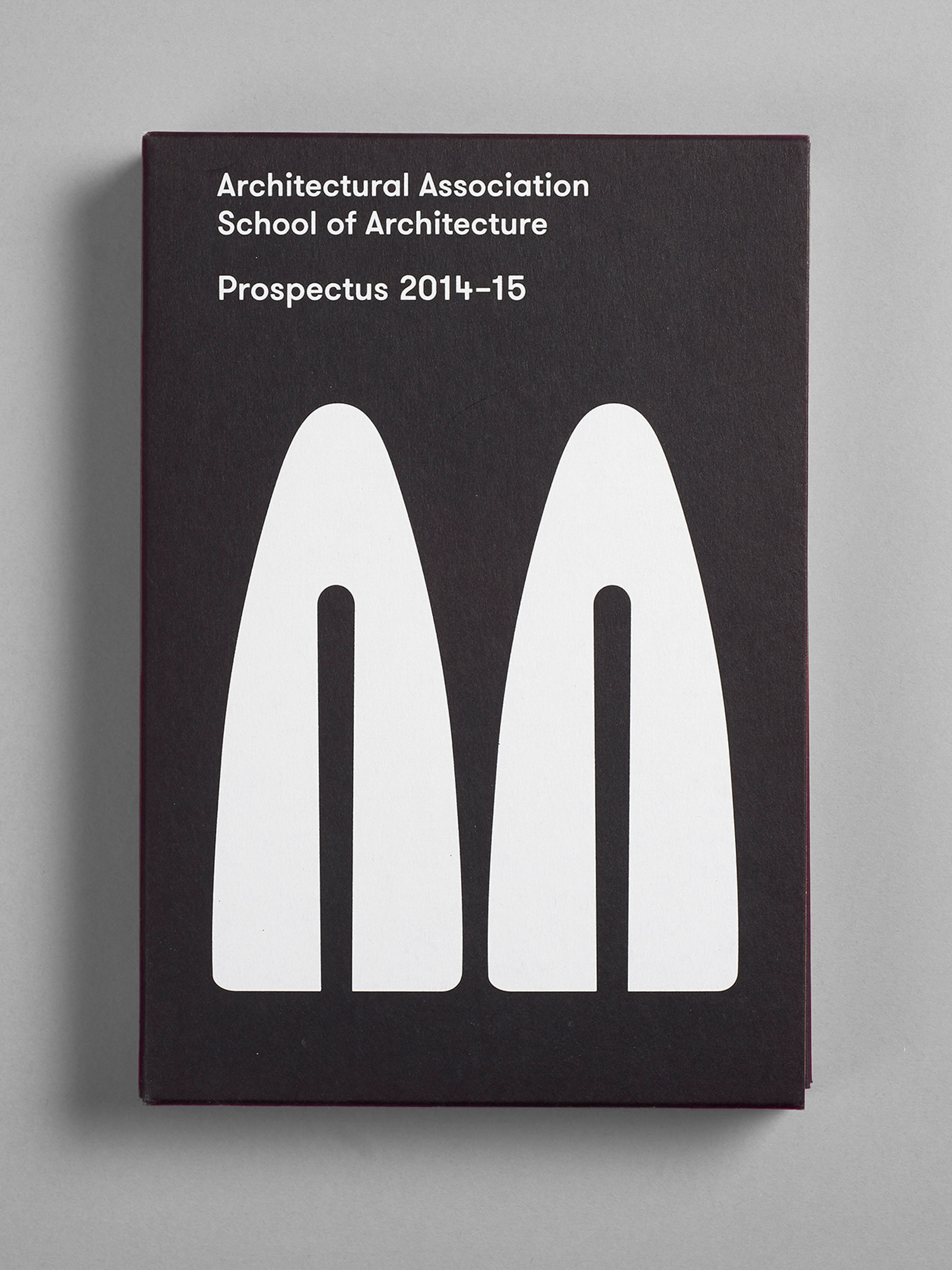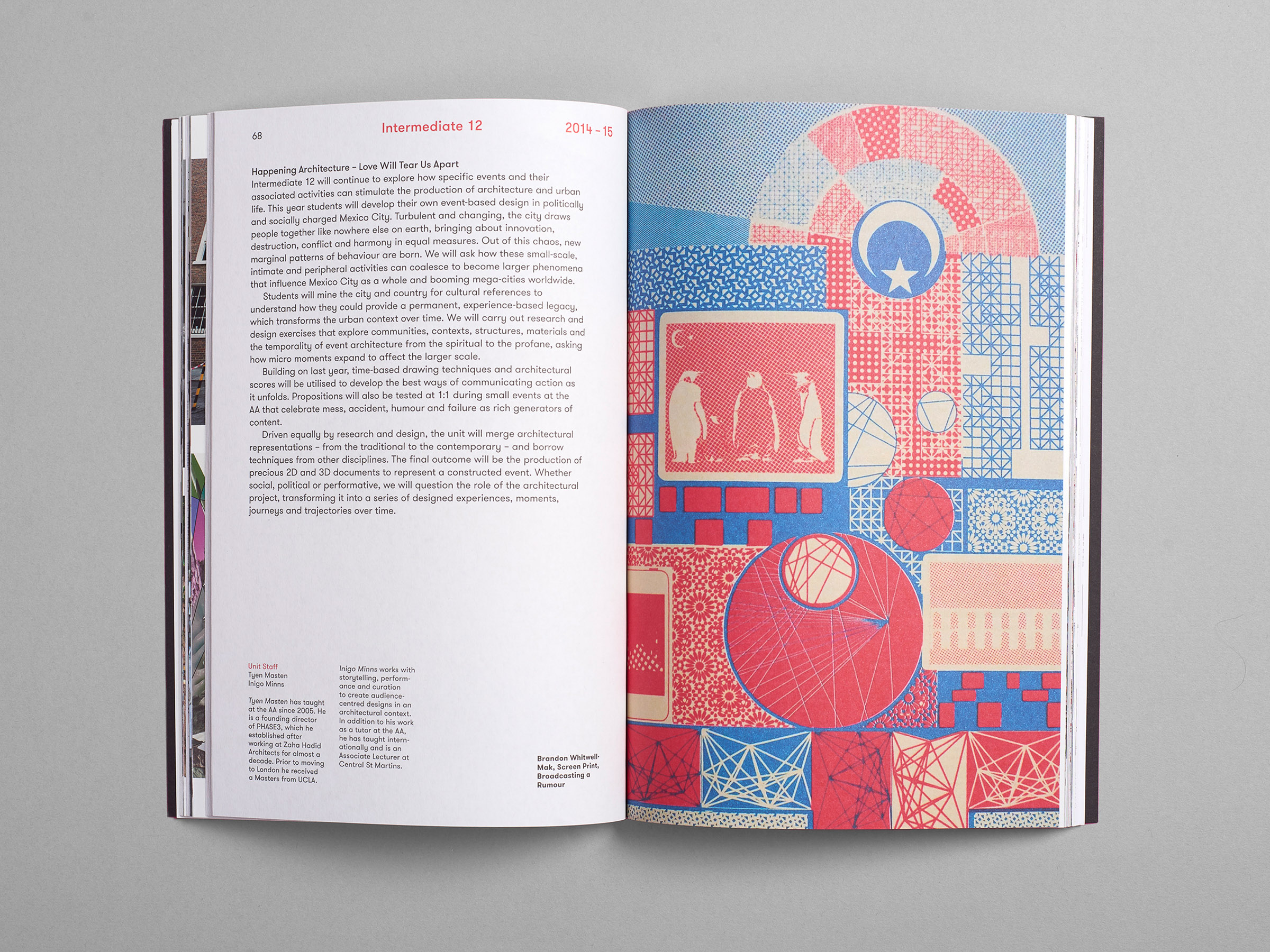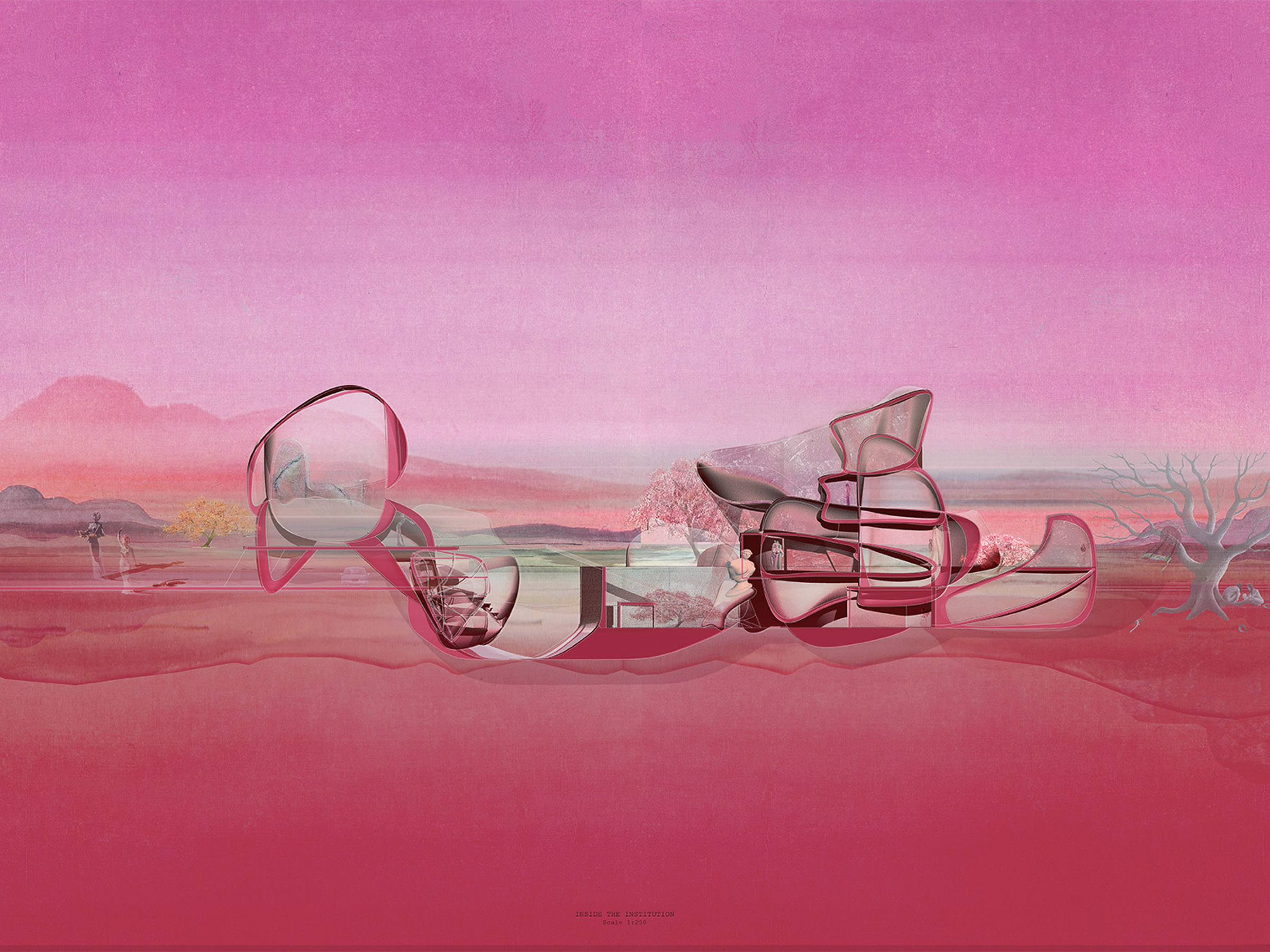Love Will Tear Us Apart
Architectural Association, Intermediate Unit 12 (2014–2015)

Love Will Tear Us Apart examined how small moments can generate systemic change. Through research and design in Mexico City, the unit explored architecture as a framework where temporary acts produce lasting cultural and spatial transformation.

The second year of Intermediate 12 extended the inquiry begun with Happening Architecture, shifting attention from the event to the moment. The brief, titled Love Will Tear Us Apart, explored how architecture might transform when the smallest act or decision becomes a generator of larger cultural change. It asked how intensity, intimacy, and repetition could produce architectural systems as powerful as those built from scale or permanence.
The unit treated the moment as a design tool, a fragment of experience that reveals the structure of a wider system. Each project examined how a single gesture, ritual, or disruption could propagate across space, reshaping the relationships between body, city, and collective memory. Mexico City, with its layered histories and continual processes of renewal, provided the setting for this exploration.

The year unfolded in three stages, each designed to translate the conceptual premise of moment into an architectural method.
Students began with collective research into events, ceremonies, and performances that operate as architectures of behaviour. The unit assembled a shared Event Archive Book, cataloguing case studies that ranged from informal street gatherings to state-led rituals. Each was diagrammed as a temporal structure, identifying points of initiation, participation, and decay. This process redefined the event as a system that could be scaled, adapted, or re-staged.
Working in Mexico City, students tested these observations through direct engagement with site. Each chose a specific context such as a plaza, market, or threshold, and used it as a stage for experimentation. Projects explored how temporary acts could trigger long-term spatial effects: a street performance becoming urban choreography, or a pop-up market evolving into civic infrastructure. The city was treated as a living archive where the social, environmental, and political conditions of architecture could be studied in real time.

The final phase translated these experiments into design proposals that operated across multiple timeframes. Buildings and installations were conceived as responsive systems capable of transformation. Some re-purposed existing structures, others introduced new frameworks for occupation that could expand or contract according to use. Drawings functioned as time-based documents, sequencing movement, event, and adaptation, while models were used to simulate cycles of change.
Across all stages, the emphasis remained on clarity of structure. Students were encouraged to define how an idea moves from moment to system, from personal to collective, and from temporary to institutional. Tutorials and reviews centred on precision of intent: what each proposal activated, and how its architecture supported participation.

Love Will Tear Us Apart built upon the previous year’s lessons about time and authorship, adding a new layer of sensitivity to scale and emotion. The work demonstrated that architecture’s capacity for change can begin with something as small as a single act, if that act is structured, repeatable, and spatially legible. The unit confirmed that temporality is not an opposing force to permanence but a condition through which architecture sustains relevance.
This second iteration of Intermediate 12 consolidated the studio’s methodology: research as shared groundwork, the city as test site, and drawing as an instrument of time. It revealed that architecture can communicate not only through construction but through sequence and anticipation. The inquiry launched here, how micro-events generate systemic transformation, continued to inform later projects, establishing a lineage of work concerned with clarity, adaptability, and the cultural agency of design.

